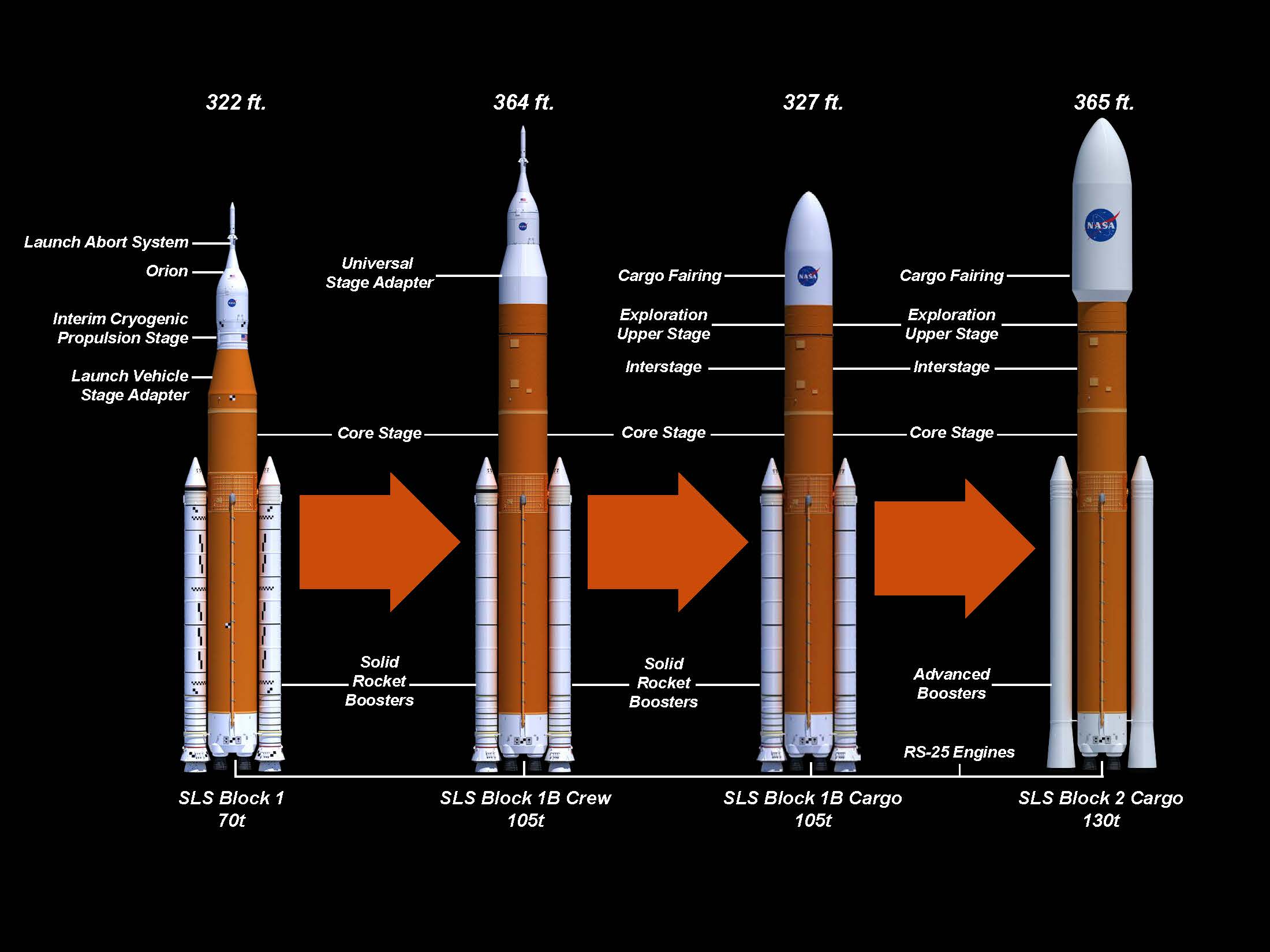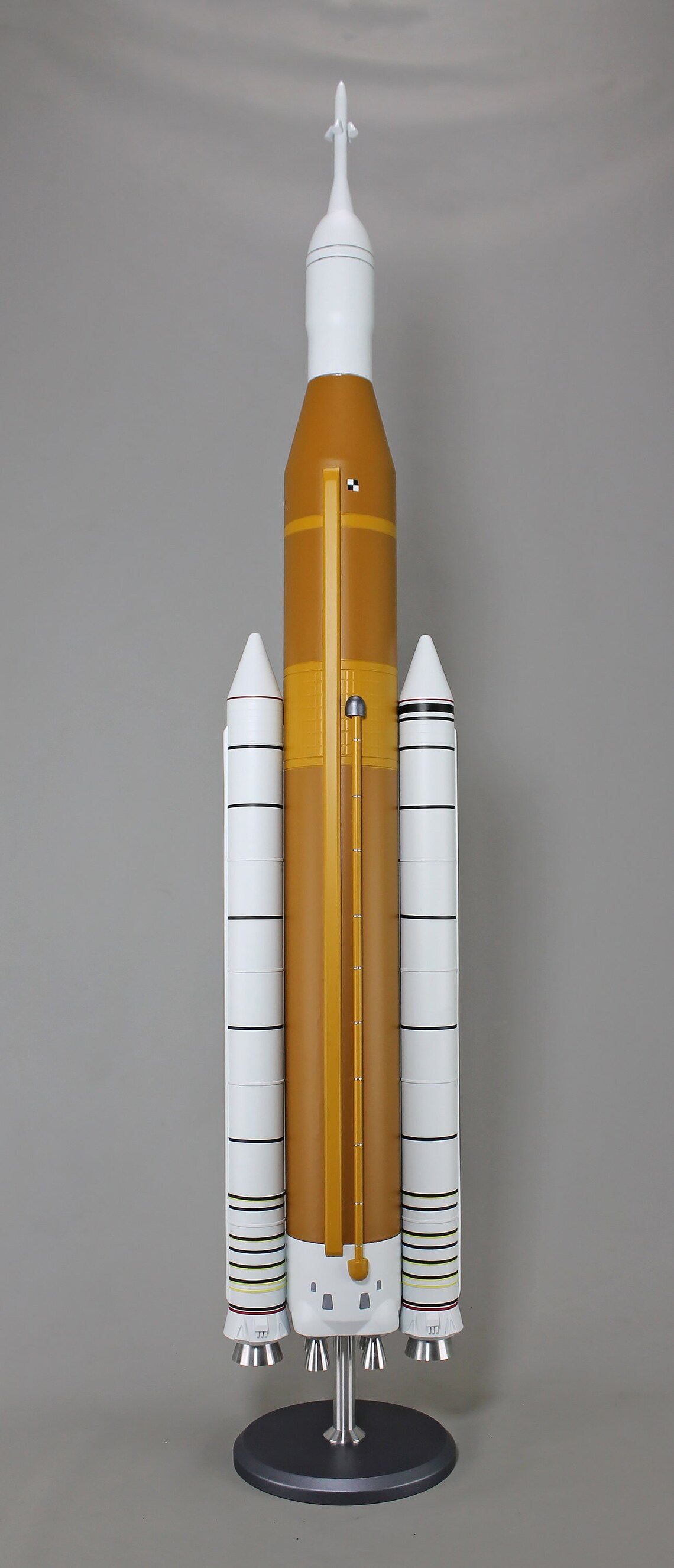

The teams also determined that there was no water damage to the Orion spacecraft due to the heavy thunderstorm at the spacecraft during the initial wet dress rehearsal attempt. The law directed NASA to build the rocket using space shuttle and Constellation contracts, so that even the engines used on the 1970s-designed space shuttle would power NASA’s new SLS. The team is now working to determine the root cause of this to prevent recurrences. Four RS-25 engines will deliver more than 2 million pounds (907,000 kilograms) of thrust at altitude. This ring came loose and entered the valve, preventing it from sealing correctly.

During this, they found a damaged rubber O-ring seal in the area that separates the ICPS from the mobile launcher during launch. The team also replaced the helium check valve on the “interim cryogenic propulsion stage” (ICPS). Engineers have confirmed that the bolts are no longer relaxing by themselves, and this should mean that the system should remain tightly sealed during propellant loading. NASA announced on May 13 that its teams are re-tightening bolts on the “umbilical lines” to the rocket to address the hydrogen leak identified during one of the wet dress rehearsal attempts.

Also Read | NASA to roll back its SLS Rocket for repairs


 0 kommentar(er)
0 kommentar(er)
